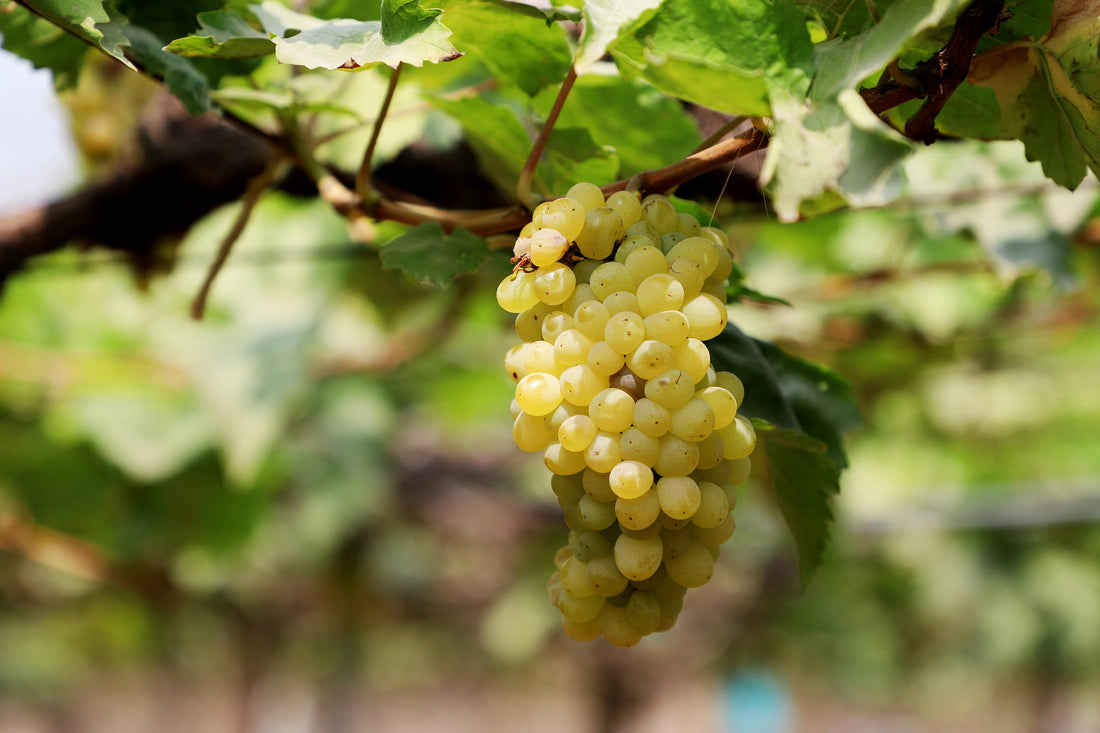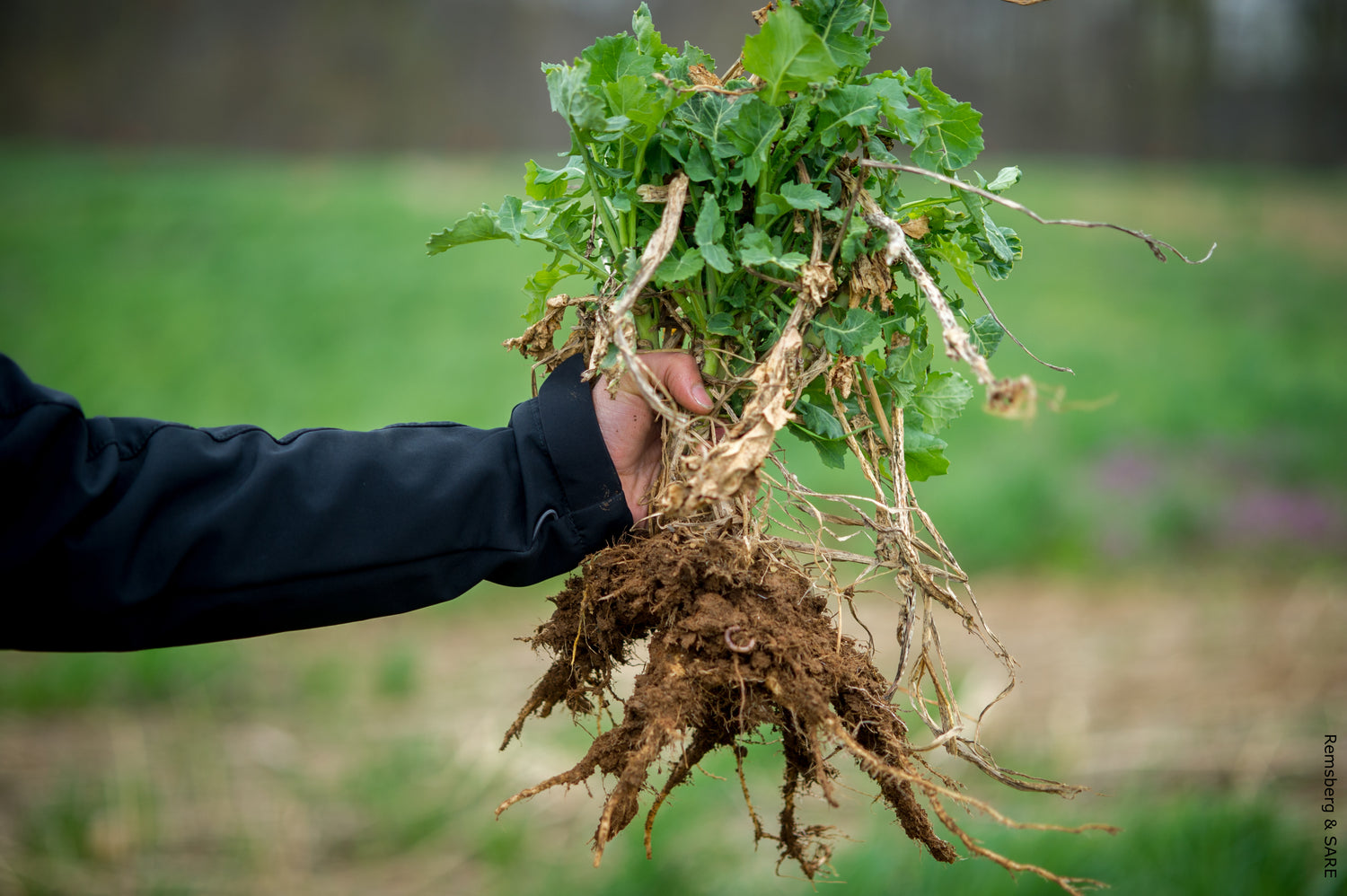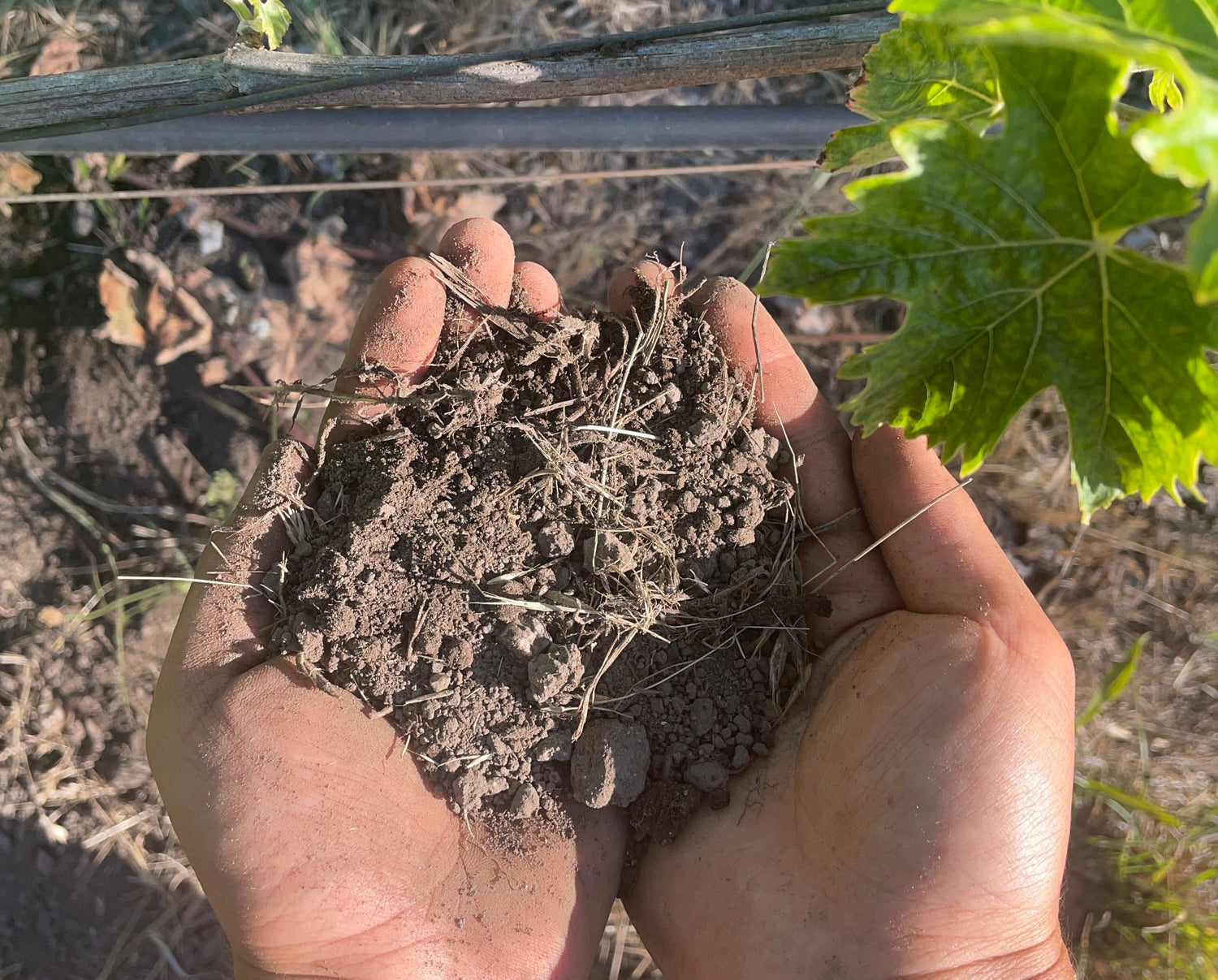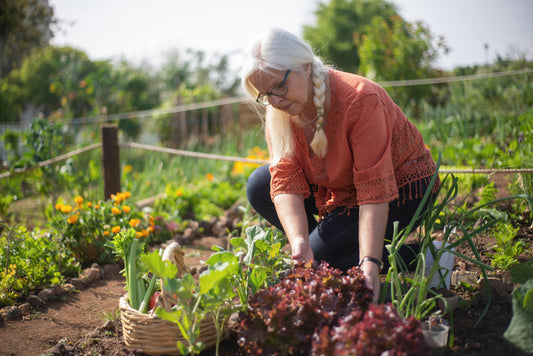California's world-renowned wine industry depends on precise soil management to produce exceptional grapes and wines. Understanding soil conditions through proper testing enables vineyard managers to optimize growing conditions, enhance grape quality, and maintain sustainable viticulture practices that preserve terroir for future generations.
Vineyard Soil Testing: Complete Guide to Wine Grape Soil Management
Effective vineyard soil testing involves analyzing soil pH (6.0-7.0 optimal), essential nutrients (NPK plus micronutrients), organic matter content, soil texture and drainage, cation exchange capacity, and potential contaminants to create ideal growing conditions for premium wine grape production.
Understanding Soil's Role in Wine Quality
Soil forms the foundation of terroir, the unique combination of environmental factors that gives wines their distinctive character. Soil composition, drainage, pH, and nutrient availability directly influence vine health, grape development, and ultimately wine quality.
Different soil types support different grape varieties and wine styles. Well-drained gravelly soils often produce concentrated, structured red wines, while deeper clay-loam soils may yield wines with greater volume and softer tannins.
Soil testing reveals the current condition of these critical factors and guides management decisions to optimize both vine performance and wine quality. Understanding soil characteristics enables varietally appropriate planting decisions and targeted management strategies.
Sustainable vineyard management relies on maintaining soil health over decades of production, making regular soil assessment essential for long-term success.
Essential Soil Testing Parameters for Vineyards
Soil pH: Foundation of Nutrient Availability
Soil pH controls nutrient availability and biological activity in vineyard soils. The optimal range of 6.0-7.0 ensures maximum nutrient uptake while supporting beneficial soil microorganisms essential for vine health.
pH levels outside this range can create nutrient deficiencies even when nutrients are present in adequate amounts. Acidic soils may limit calcium and phosphorus availability, while alkaline soils can restrict iron and zinc uptake.
Regular pH monitoring becomes important as vineyard practices, irrigation water quality, and natural soil processes can gradually shift pH over time.
Nutrient Analysis for Vine Health
Grapevines require balanced nutrition throughout their growth cycle, with specific needs varying by variety, rootstock, and production goals. Soil testing identifies current nutrient levels and guides fertilization strategies.
Primary macronutrients include nitrogen for vine growth and chlorophyll production, phosphorus for root development and energy transfer, and potassium for fruit quality and stress resistance.
Secondary nutrients like calcium and magnesium support cell wall formation and enzyme function, while micronutrients including iron, zinc, and manganese enable various metabolic processes crucial for grape quality.
Nutrient balance becomes particularly important in wine grape production, as excessive nutrition can negatively impact wine quality by promoting excessive vigor and reducing flavor concentration.
Soil Texture and Drainage Assessment
Soil texture determines water infiltration, retention, and drainage characteristics that significantly impact vine performance. Sandy soils provide excellent drainage but may require more frequent irrigation, while clay soils retain water but may need drainage improvements.
Proper drainage prevents waterlogged conditions that can damage roots and promote disease. Most wine grape varieties prefer well-drained soils that allow controlled water stress during ripening.
Soil structure analysis reveals compaction issues, pore space distribution, and aggregate stability that affect root penetration and water movement through the soil profile.
Organic Matter and Biological Activity
Organic matter content indicates soil fertility potential and biological activity levels. Target levels of 2-4% provide adequate nutrition and support beneficial soil organisms without excessive vigor.
Soil biology assessment helps determine the activity of beneficial microorganisms that cycle nutrients, improve soil structure, and protect vines from soilborne diseases.
Mycorrhizal fungi populations are particularly important in vineyard soils, as these beneficial organisms enhance nutrient and water uptake while improving vine stress tolerance.
| Parameter | Optimal Range | Impact on Wine Grapes |
|---|---|---|
| pH | 6.0-7.0 | Controls nutrient availability and soil biology |
| Nitrogen (N) | 15-40 ppm | Affects vine vigor and grape composition |
| Phosphorus (P) | 10-25 ppm | Supports root development and energy transfer |
| Potassium (K) | 80-150 ppm | Influences fruit quality and stress tolerance |
| Organic Matter | 2-4% | Provides slow-release nutrients and soil structure |
| Cation Exchange Capacity | 8-15 meq/100g | Determines nutrient retention capability |
Proper Soil Sampling Techniques
Planning Your Sampling Strategy
Divide vineyards into management zones based on soil type, topography, vine age, and historical performance. Each zone should be sampled separately to account for variability within the vineyard.
Timing affects soil test results, so establish consistent sampling schedules. Late fall or early winter during vine dormancy provides the most reliable baseline data for planning amendments.
Sample size and frequency should match vineyard size and variability. Smaller, uniform blocks may need fewer samples than large, variable vineyards.
Sample Collection Procedures
Use clean sampling tools to avoid contamination that could skew results. Soil augers or probes provide consistent sampling depth and minimize disturbance.
Collect samples at multiple depths to assess the entire root zone. Surface samples (0-12 inches) reveal conditions in the primary root zone, while deeper samples (12-24 inches) show subsoil conditions affecting deep roots.
Take 15-20 individual samples from each management zone in a random or grid pattern. Mix thoroughly to create a representative composite sample for laboratory analysis.
Avoid sampling immediately after fertilizer application, irrigation, or unusual weather conditions that may temporarily alter soil chemistry.
Laboratory Selection and Analysis
Choose laboratories experienced with vineyard soils and wine grape production. Specialized labs offer analysis packages designed for viticulture applications.
Standard soil tests should include pH, major nutrients, micronutrients, organic matter, cation exchange capacity, and soil texture analysis. Additional tests for specific concerns may include salinity, heavy metals, or nematode populations.
Request interpretation services or recommendations specific to wine grape production. Generic recommendations may not account for the unique requirements of wine grape cultivation.
Interpreting Results and Making Decisions
Soil test reports provide current levels, optimal ranges, and often specific recommendations for amendments. Understanding how to interpret and apply this information enables effective soil management.
Consider interactions between nutrients when planning amendments. High levels of one nutrient can interfere with uptake of others, requiring balanced approaches to soil fertility.
Factor in grape variety, rootstock, and wine style goals when interpreting results. Premium red wine production may require different soil conditions than high-volume white wine production.
Economic considerations should balance soil improvement costs against expected benefits in grape quality and vine longevity.
Soil Amendment Strategies
pH Adjustment Methods
Lime applications raise pH in acidic soils, with application rates based on soil buffering capacity and target pH. Limestone provides gradual pH increase, while hydrated lime offers quicker results.
Sulfur applications lower pH in alkaline soils through biological oxidation to sulfuric acid. Elemental sulfur provides long-lasting pH reduction but requires time for microbial activity.
Gypsum improves soil structure in clay soils and provides calcium without significantly affecting pH. This amendment can help with water infiltration and root penetration.
Nutrient Management
Nitrogen management requires careful balance between vine nutrition and wine quality. Excessive nitrogen can produce vigorous growth that reduces grape quality, while deficiency limits vine productivity.
Phosphorus and potassium amendments should be based on soil test results and applied during dormancy for best uptake. These nutrients move slowly through soil, requiring advance planning.
Micronutrient deficiencies can be corrected through soil applications or foliar sprays, depending on the severity and timing of the deficiency.
Organic Matter Enhancement
Cover crops provide organic matter, nitrogen fixation, and erosion control while improving soil structure and biology. Leguminous cover crops can reduce nitrogen fertilizer needs.
Compost applications add organic matter and improve soil structure, but should be used judiciously to avoid excessive nutrient levels that could impact wine quality.
Mulching around vines conserves moisture, moderates soil temperature, and gradually adds organic matter as it decomposes.
Monitoring and Long-term Management
Regular soil monitoring throughout the vineyard lifecycle helps track changes and guide management adjustments. Annual tissue testing complements soil testing by revealing how effectively vines are utilizing available soil nutrients.
Petiole analysis during bloom provides valuable information about vine nutritional status and can guide in-season management decisions.
Long-term soil health monitoring tracks trends in organic matter, pH, and biological activity to ensure sustainable vineyard management practices.
Record keeping enables correlation of soil conditions with vine performance and wine quality, supporting data-driven management decisions.
Regional Soil Considerations
California's diverse wine regions present unique soil challenges and opportunities. Napa Valley's volcanic soils, Sonoma's diverse geology, and Central Coast's varied conditions require region-specific approaches to soil management.
Climate considerations affect soil management strategies. Mediterranean climates require attention to summer drought stress and winter erosion potential.
Rootstock selection should complement soil conditions, with some rootstocks providing better performance in specific soil types or problem soils.
Frequently Asked Questions
What is the ideal soil pH for wine grapes?
The ideal soil pH for wine grapes is 6.0-7.0, which allows optimal nutrient availability and root function. This range ensures grapevines can access essential nutrients while maintaining healthy soil biology.
How often should I test vineyard soil?
Test vineyard soil every 3-5 years for established vineyards, or annually during the first few years after planting. More frequent testing may be needed if soil problems are identified or management practices change significantly.
What nutrients are most important for wine grapes?
Wine grapes require balanced nitrogen, phosphorus, and potassium, along with calcium, magnesium, and micronutrients like iron, zinc, and manganese. Proper nutrient balance affects both vine health and wine quality.
How does soil affect wine quality?
Soil influences wine quality through its effects on vine vigor, grape composition, and flavor development. Well-drained soils often produce more concentrated flavors, while soil mineral content can contribute to wine complexity.
When is the best time to sample vineyard soil?
Late fall or early winter during vine dormancy provides the most consistent soil test results. Avoid sampling during or immediately after irrigation, fertilization, or unusual weather events.
Can I improve poor vineyard soil?
Yes, vineyard soils can be improved through amendments, cover crops, organic matter additions, and proper management practices. However, improvements take time and consistent effort to achieve lasting results.
What soil texture is best for wine grapes?
Well-drained soils with good water-holding capacity work best for wine grapes. Sandy loam to clay loam textures often provide ideal conditions, though specific varieties may prefer different soil types.
How do I correct soil nutrient deficiencies?
Correct soil nutrient deficiencies based on soil test recommendations, using appropriate fertilizers or organic amendments. Apply during dormancy for best results and follow up with soil testing to monitor progress.
Conclusion
Vineyard soil testing provides the foundation for successful wine grape production by revealing the current status of critical soil factors that influence vine health and wine quality. Understanding soil pH, nutrients, organic matter, and physical properties enables vineyard managers to make informed decisions about amendments, variety selection, and long-term soil management. Through regular testing, appropriate amendments, and sustainable management practices, vineyards can maintain soil health while producing grapes that express their unique terroir. Professional soil analysis, combined with ongoing monitoring and record keeping, supports both immediate production goals and long-term vineyard sustainability. Success in wine grape production requires working with soil conditions to optimize vine performance while preserving the soil resources that define wine quality and regional character for future generations.
Sources
- University of California Agriculture and Natural Resources. Viticulture and Enology Research. https://ucanr.edu/sites/viticulture/
- USDA Natural Resources Conservation Service. Soil Health Assessment. https://www.nrcs.usda.gov/resources/guides-and-instructions/soil-health
- UC Davis Department of Viticulture and Enology. Soil and Plant Nutrition Research. https://wineserver.ucdavis.edu/
- California Sustainable Winegrowing Alliance. Soil Management Guidelines. https://www.sustainablewinegrowing.org/
- Soil Science Society of America. Professional Soil Analysis Standards. https://www.soils.org/
- American Society for Enology and Viticulture. Technical Resources. https://www.asev.org/
- Cornell University Soil Health Laboratory. Vineyard Soil Assessment. https://soilhealth.cals.cornell.edu/
- Rodale Institute. Soil Health Research for Sustainable Agriculture. https://rodaleinstitute.org/science/soil-health/












